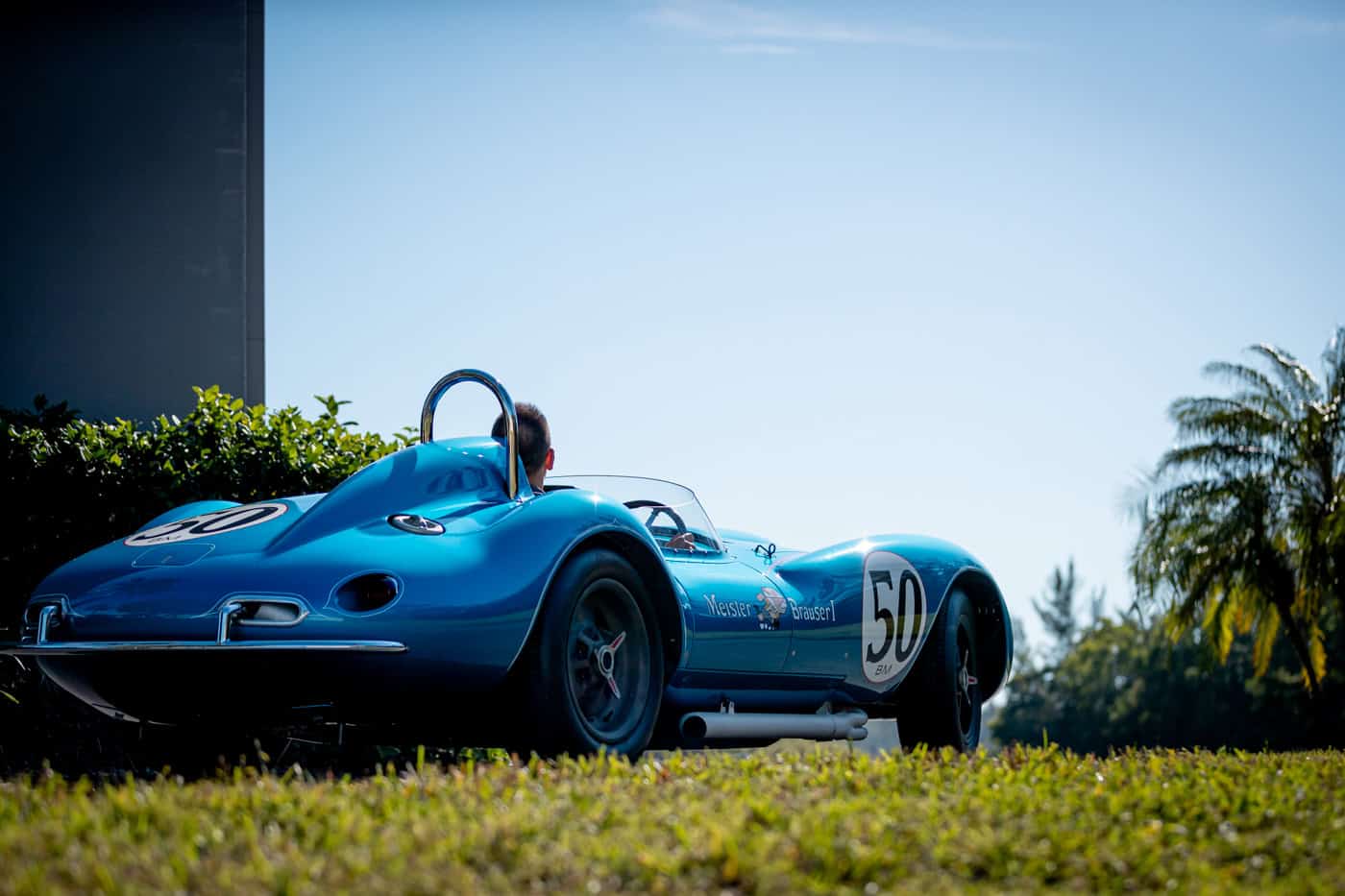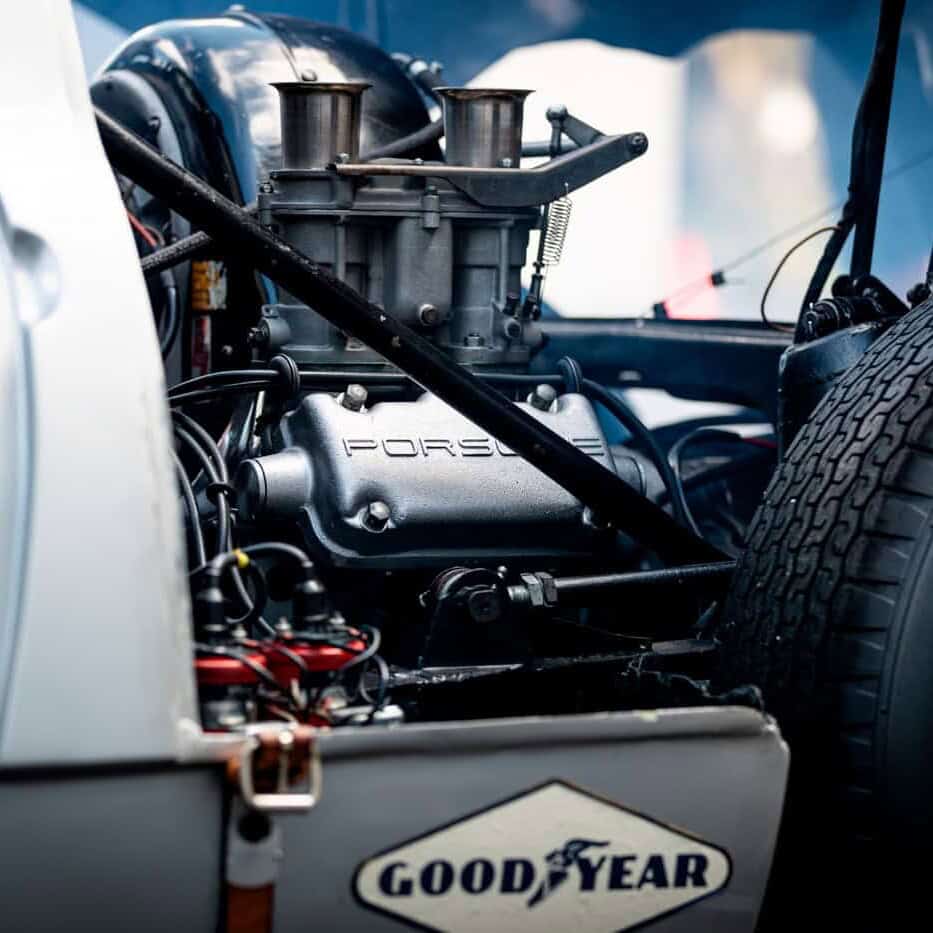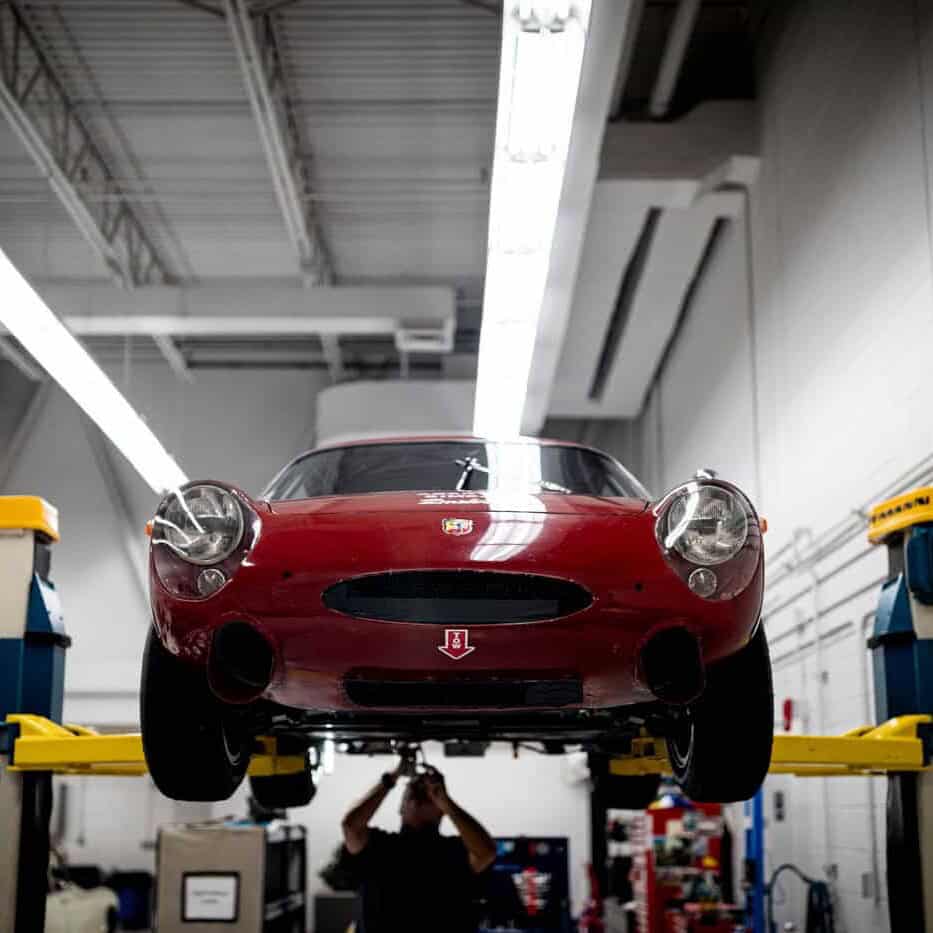SET UP, SHAKE DOWN
Historic Race Cars from Revs Institute to be Tested at Brian Redman's Targa 66
This February, Homestead-Miami Speedway will once again roar with the sounds of Targa 66, a high-speed gathering of some of the most fabulous cars from past and present. In 1991, legendary driver Brian Redman began organizing track weekends for owners of historic and modern high-performance cars. Held for many years at the now-defunct Palm Beach International Raceway, Targa 66 has now moved to HMS. The warm welcome from Brian and his son James is matched by the friendly atmosphere of the paddock. Spectators, too, come to HMS to enjoy the track action: these cars may not be racing, but they are certainly not going slowly.
Targa 66 members run a diverse group of cars, from open wheel formula single seaters to priceless historics to late model supercars.
Revs Institute, which is home to the automobiles of the world-famous Miles Collier Collections, will exercise five historic race cars to this year’s event: the 1964 Abarth Simca 2 Mila Corsa, the 1958 Porsche 356 GT Speedster, the 1958 Scarab Sports Racer, the 1964 Porsche 904 Carrera GTS, and the 1955 Lancia D50. Some cars are due for their annual exercise, while some are being tested for races later in the season. The Sports Racer is one of only eight Scarabs ever built, only 3 of which were front engine sports cars. The 904 Carrera has noteworthy provenance: legendary driver, constructor, and team owner Briggs Cunningham drove it at Sebring. The D50, one of the most storied cars in Grand Prix racing, is preparing for a whirlwind of events this year in honor of Formula One’s 75th Anniversary. In particular, our workshop technicians will ensure that the Abarth Simca is running properly after recent repairs and conservation work.
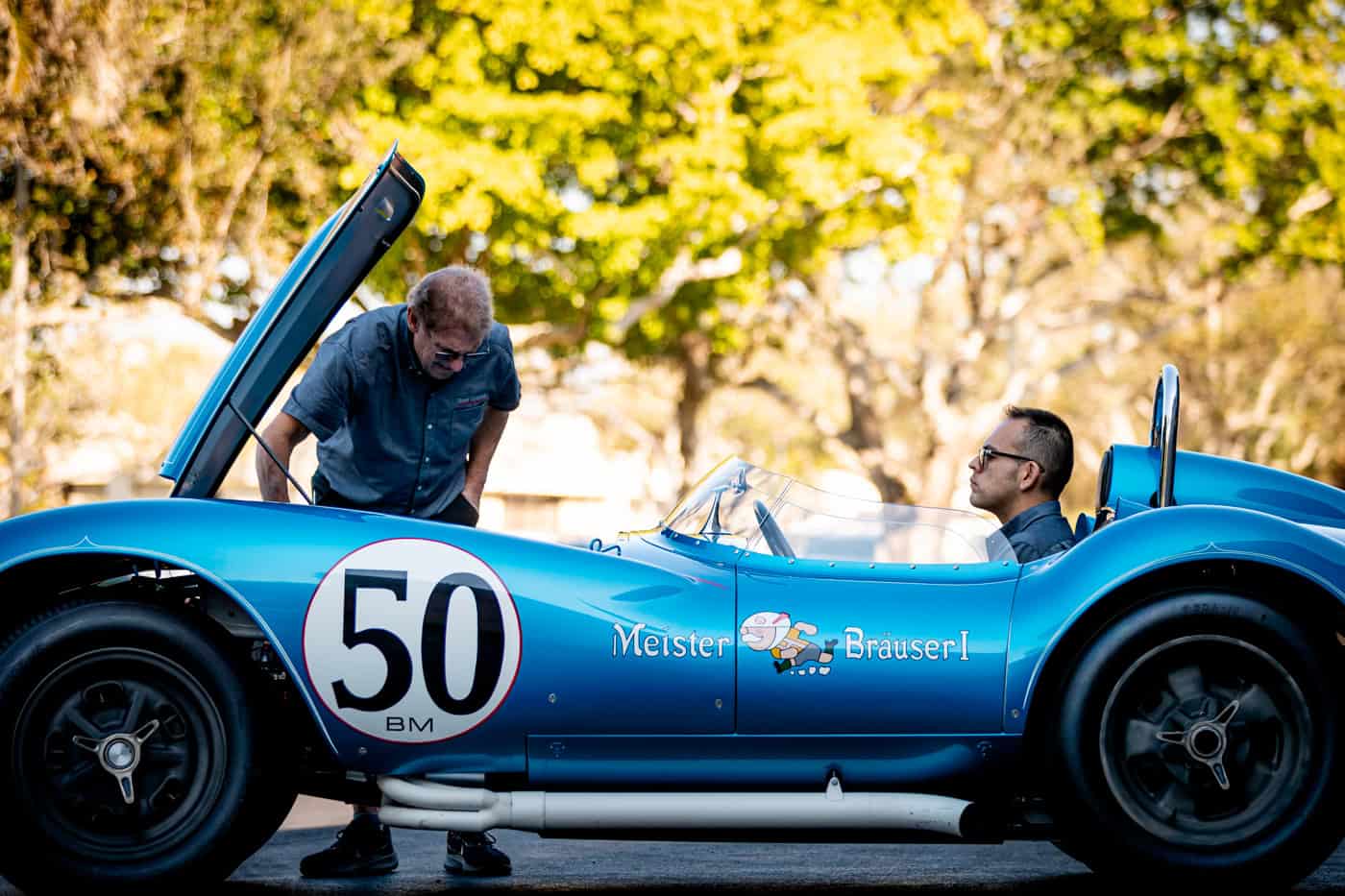
Revs Institute’s guiding philosophy is that automobiles are “active matter.”
Like musical instruments and clocks, cars must be operated on a regular basis. This not only prevents the mechanicals from seizing, but it also keeps the car alive in the world. Targa 66 is an opportunity to exercise historic race cars at speed without the risks of racing: it also gives spectators the chance to hear and see the cars as they existed “in period.” To keep a race car working as it did 30, 50, or 70 years ago is no mean feat!
It’s important to remember that race cars were built as tools for winning. The relentless development of engineering (and the rulebook) means that each design iteration had only a limited window of competitiveness. As a result, race cars were built for short-term performance, not longevity. Historic race cars therefore require specialist care and expert testing if they are to remain alive in the world.
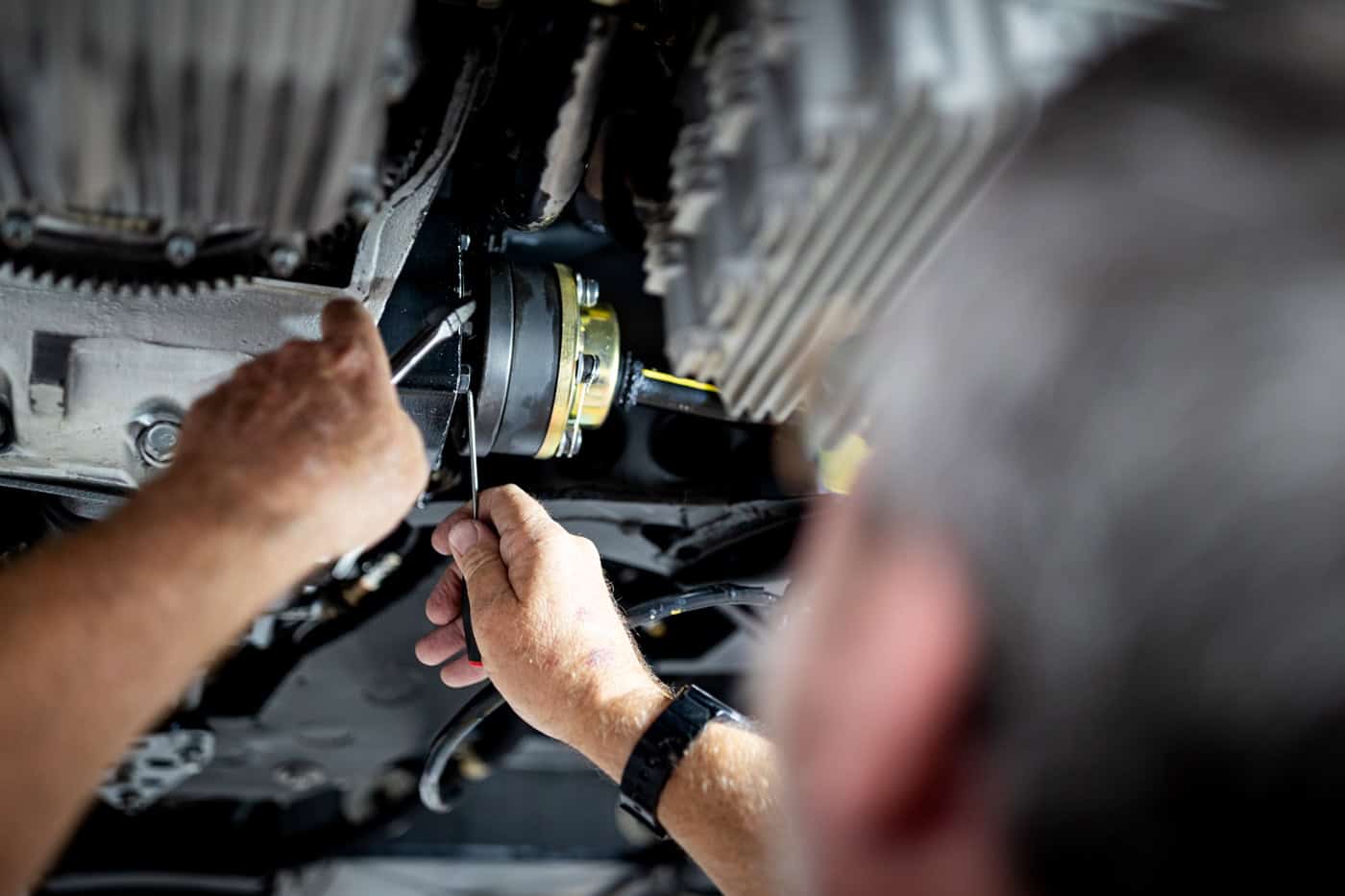
Each car that Revs Institute brings to Targa receives thorough preparation in our workshop. The car is serviced and configured to run as well as it did in its competitive heyday, but with no performance modifications to make it run ‘better.’ However, modern driver safety features are fitted as part of track preparation (most often a multi-point harness and a fire suppression system). These elements are removed after track testing during a post on-track service and preservation checklist, before the car goes back on display in the museum.
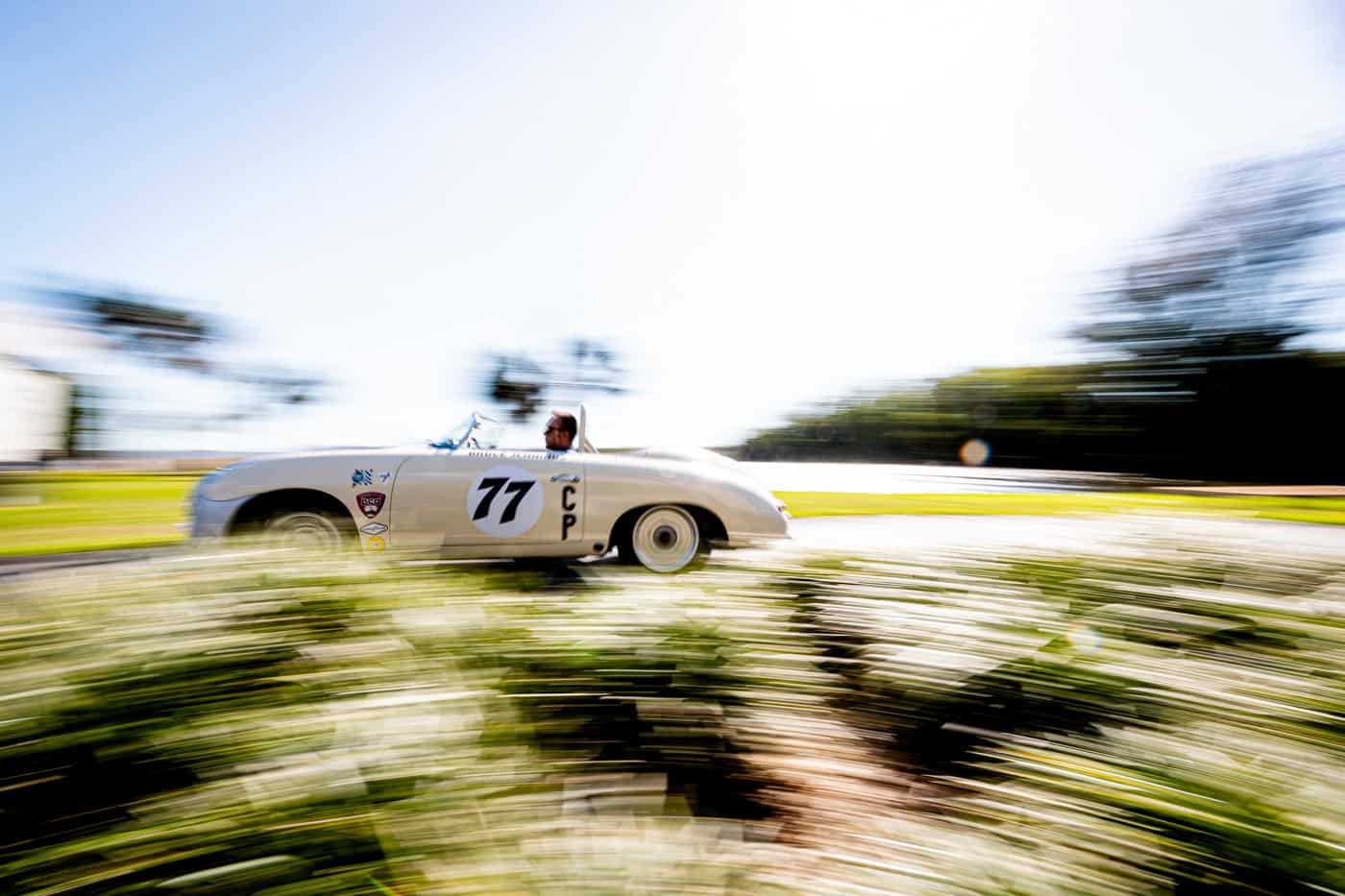
A skilled driver is important for both the operation and preservation of collection cars. The driver’s honed sensibilities mean that he or she may feel something while operating the car at speed, something that wouldn’t be obvious while the car is stationary in the workshop. At an event like Targa 66, the workshop technicians will collaborate with the driver to adjust the car’s setup; that is to say, they make changes to the systems that can impact the car’s performance and handling. While most issues can be corrected this way, there are instances of feedback from the car—such as unusual vibrations or unpredictable responses to driver input—that can indicate something more serious. An experienced driver can tell the difference between what’s typical of a period car and what needs a closer look, stat.
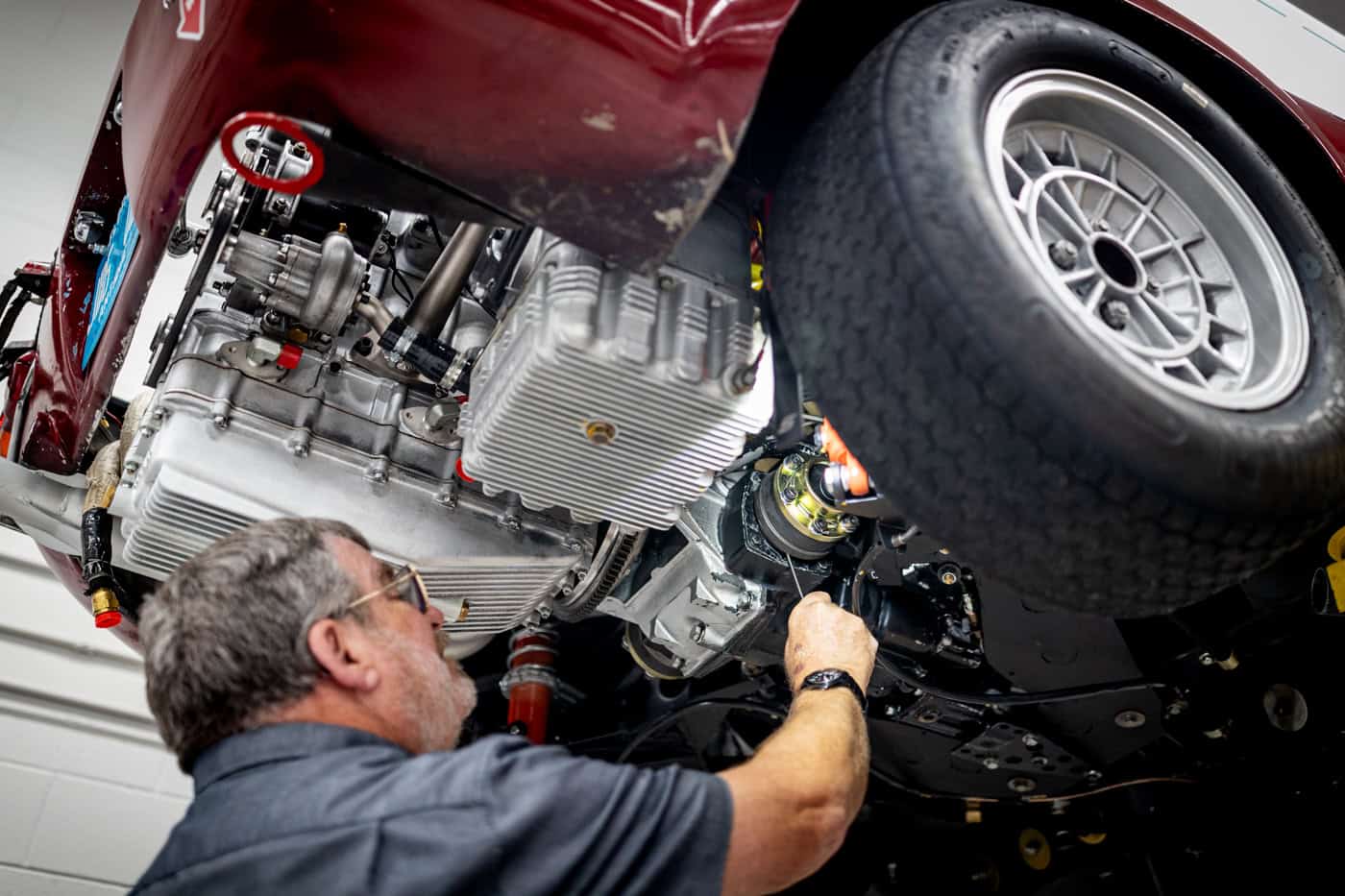
Such was the case of the Abarth Simca, which was diagnosed with an issue at the 2024 Rolex Monterey Motorsport Reunion. Driver Gunnar Jeannette had piloted the car with great success early in the weekend but noted a sudden drop-off in handling through the corners during a race. The safest course of action for all participants (and the car itself!) was to return to the paddock immediately. The Revs team discovered that a previous repair to the left rear control arm, a repair made in the 1960s, had begun showing early signs of failure. The upcoming Targa 66 provides an opportunity to test the recent repair work on the control arm and ensure the entire car is now performing and handling as it should. Gunnar Jeannette will return to the driver’s seat. Later this year, the car will participate in the Goodwood Revival. Revs Institute will release a video covering the efforts to preserve the Abarth Simca, so be sure to follow us on Instagram, Facebook, and YouTube!
